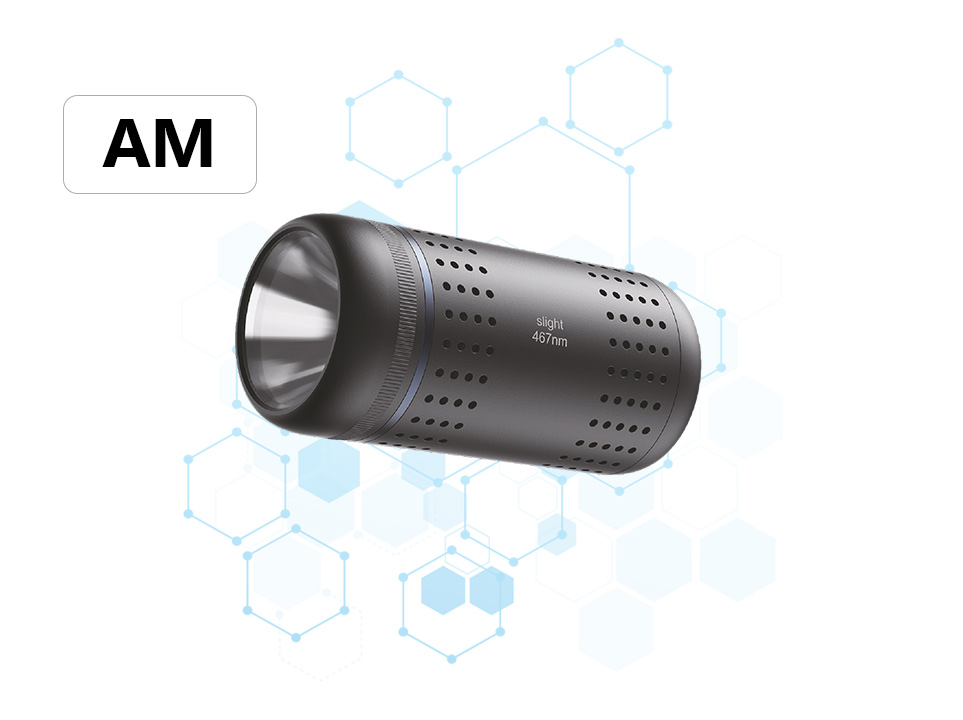Advantages of Photoreactor LED Compared to Mercury Lamps
Energy Efficiency
Mercury lamps require high voltage to excite mercury vapor during operation, resulting in high energy consumption. Moreover, a large amount of electrical energy is converted into heat rather than light energy. In contrast, Photoreactor LEDs can directly convert electrical energy into light energy with high energy conversion efficiency. Under the same light intensity, LEDs consume far less electricity than mercury lamps, significantly reducing energy costs over long-term use.
Long Lifespan
In mercury lamps, the mercury element gradually depletes with use, and the filament is prone to aging. Generally, their lifespan is in the thousands of hours. Photoreactor LEDs have no vulnerable components such as filaments or mercury. Their theoretical lifespan can reach tens of thousands of hours, minimizing the hassle and cost of frequent lamp replacements.
Adjustable Light Quality
The spectrum of mercury lamps is fixed and difficult to adjust according to different experimental requirements. Photoreactor LEDs can achieve precise control of the spectrum by controlling the light emission of chips with different wavelengths, precisely matching the needs of various photochemical reactions for specific wavelengths of light and improving reaction selectivity and efficiency.
Safety and Environmental Friendliness
Mercury lamps contain mercury, a heavy metal pollutant. If the lamp tube breaks, mercury will volatilize, polluting the environment and posing health hazards to humans. Photoreactor LEDs do not contain mercury or other harmful substances, and their disposal after being discarded is simple, making them environmentally friendly and in line with the concept of green chemistry.





